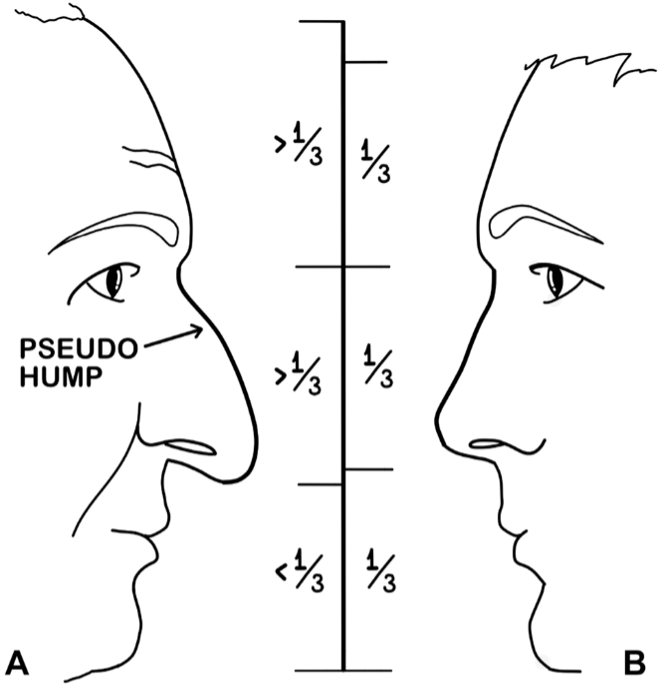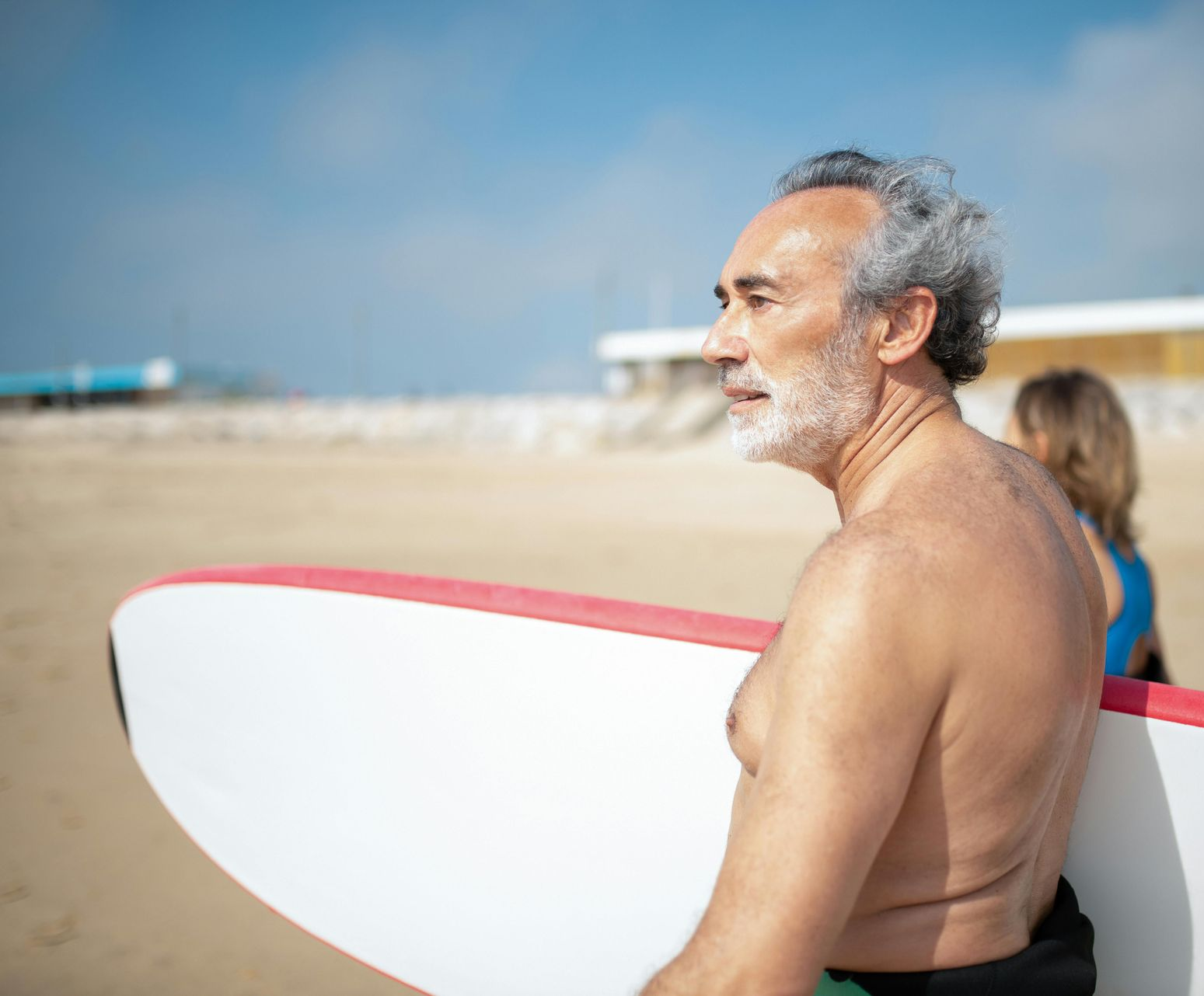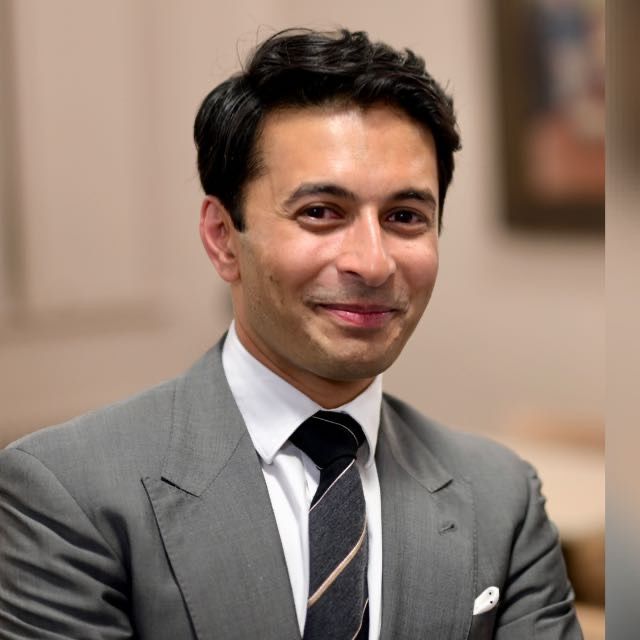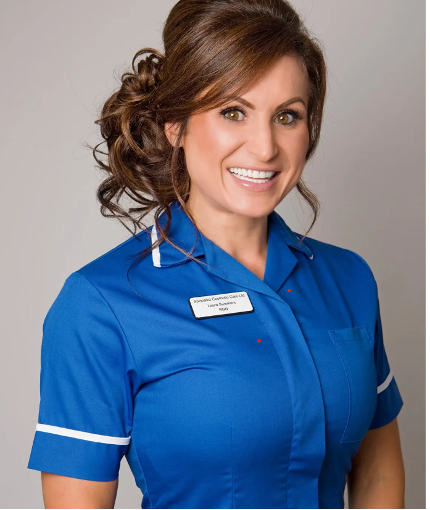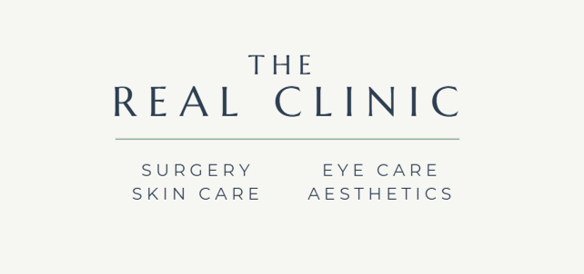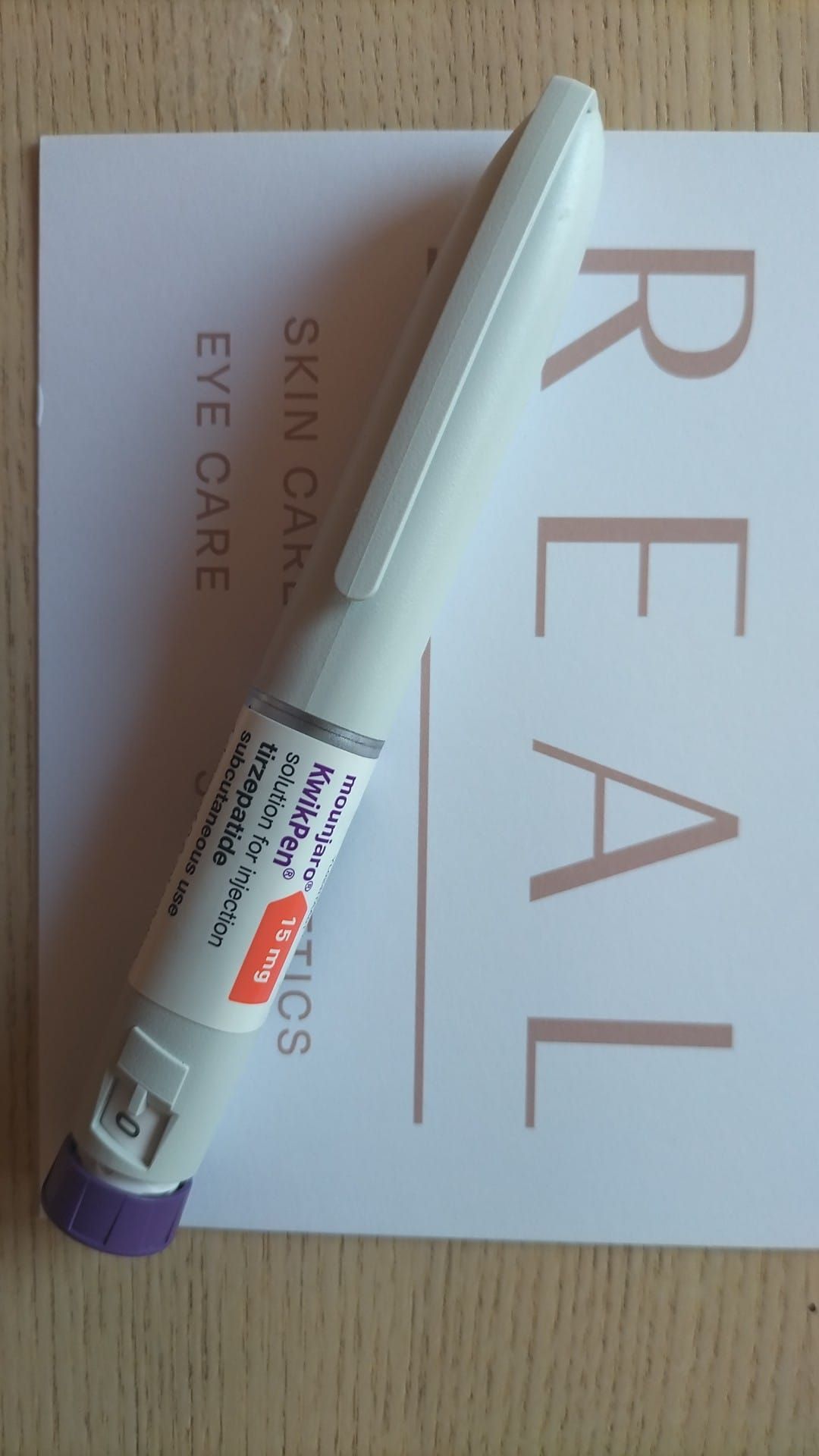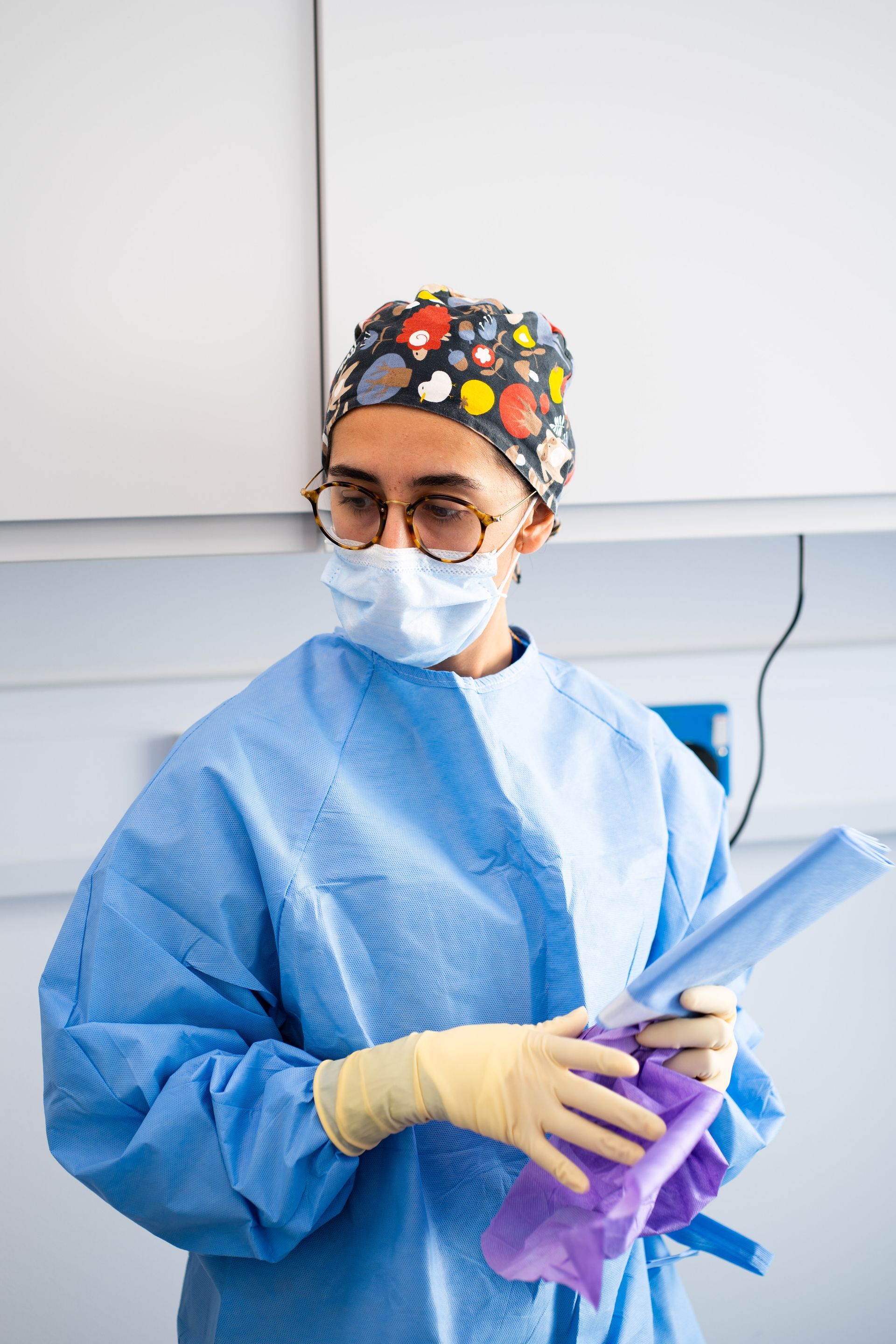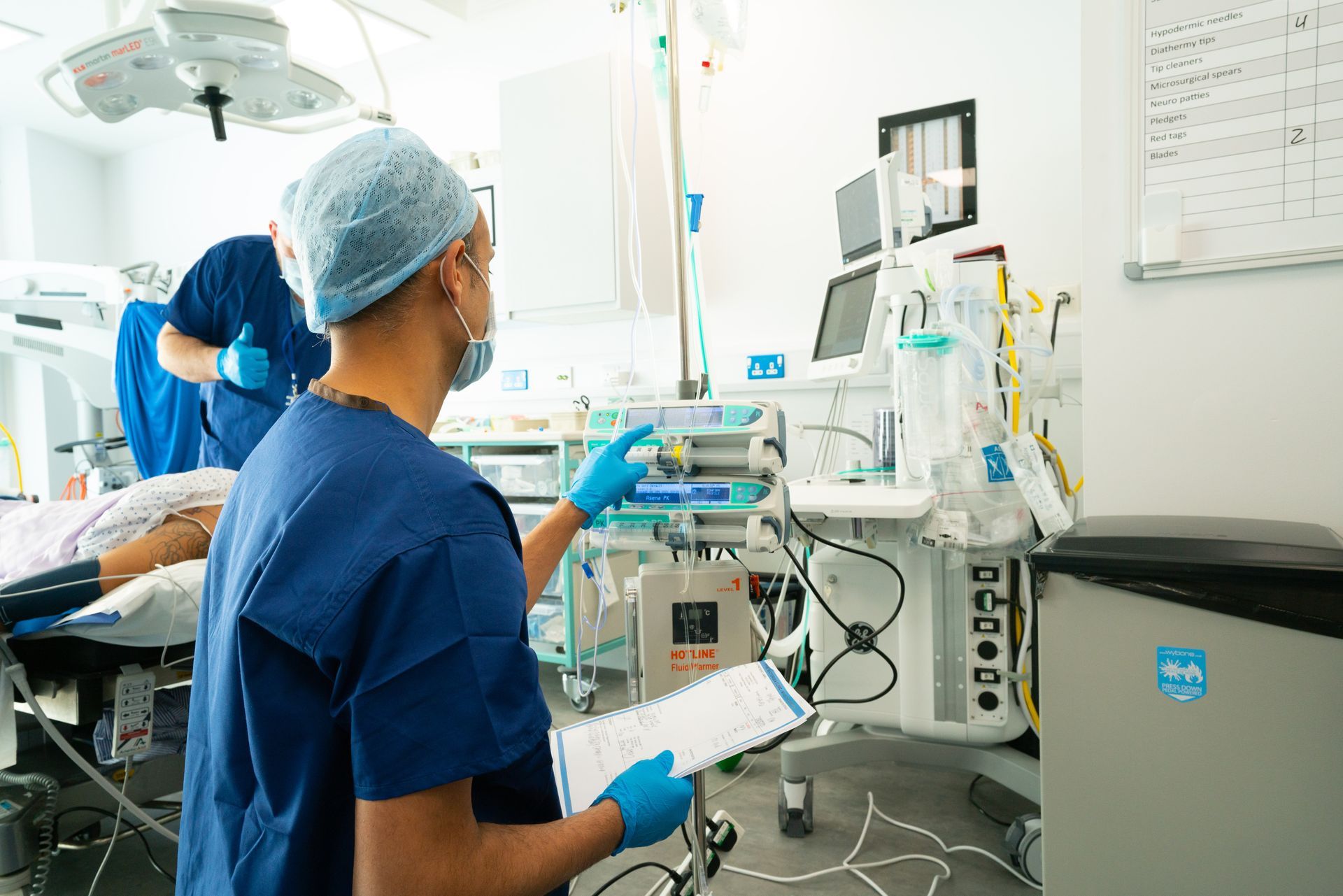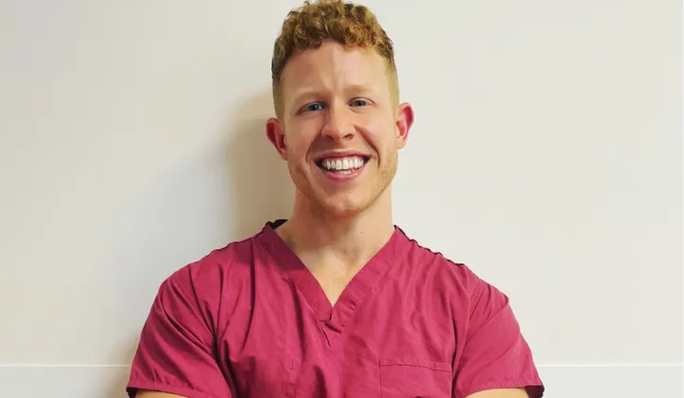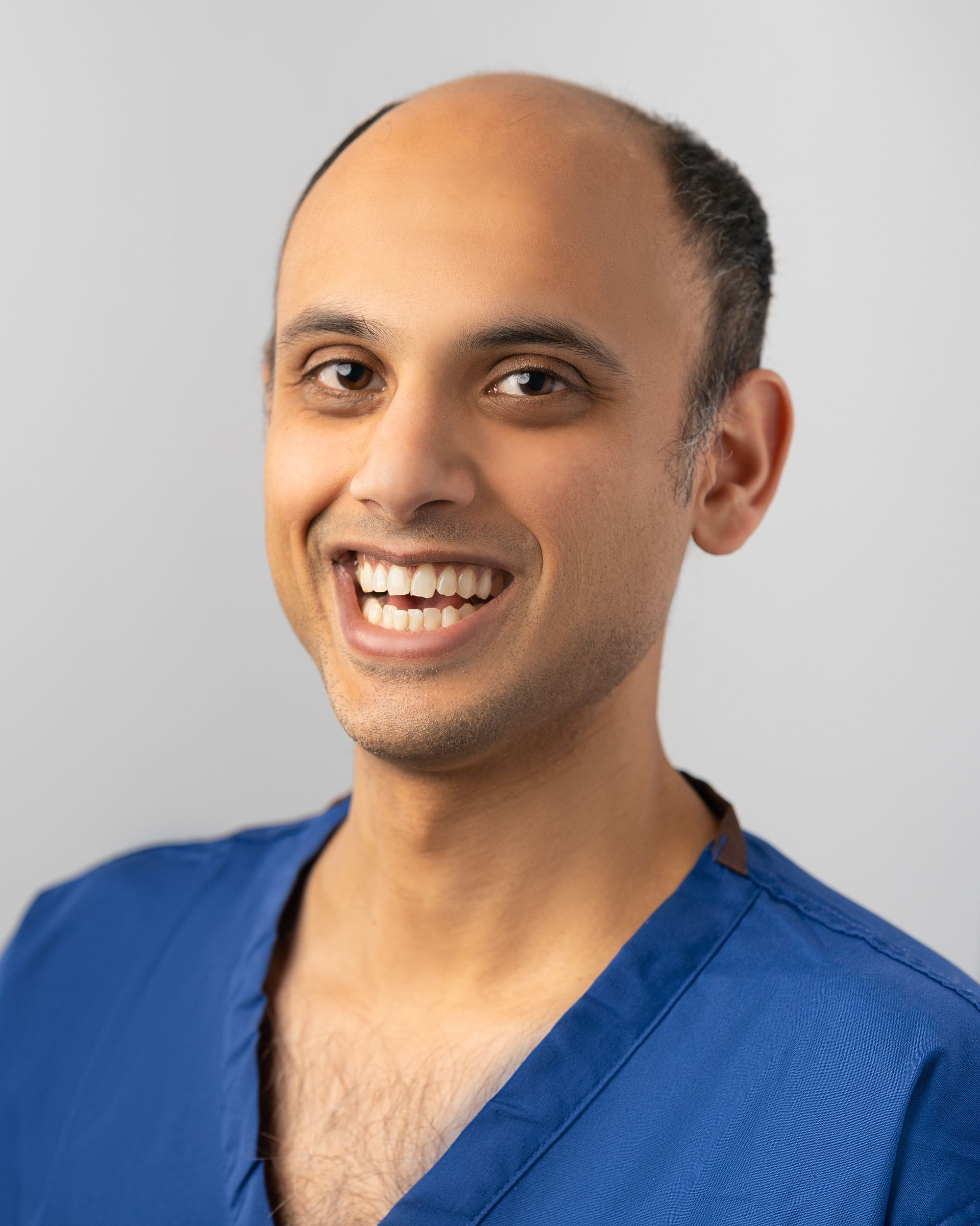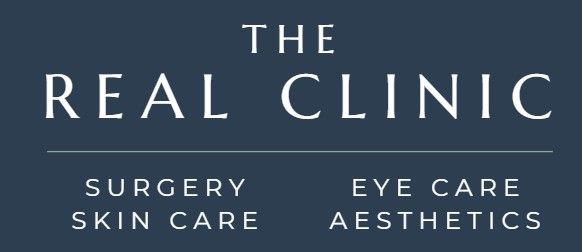'Rhinoplasty has been traditionally been considered an elective procedure for younger patients. However, increasingly older patients are undergoing nasal surgery for both functional and aesthetic indications.'
Could a rhinoplasty make you look younger?
Eyelid lifts, face lifts and neck lifts are the plastic surgery procedures you commonly think of when it comes to anti-ageing, and they are highly effective for restoring a more youthful facial appearance. But many people don’t realise that a rhinoplasty could take years off their face at The REAL Clinic.
“Rhinoplasty has traditionally been considered an elective procedure for younger patients,” Consultant ENT Surgeon and Rhinoplasty Expert Mr Annakan Navaratnam explains. “However, increasingly older patients are undergoing nasal surgery for both functional and aesthetic indications.”
To learn more about Mr Navaratam please click here.
Is there an ideal age for a rhinoplasty?
There is no perfect age for nose reshaping surgery, and it is one of the cosmetic surgery procedures most performed on younger patients who may have been insecure about their appearance from a young age. According to recent statistics from the USA, 20–25 year olds made up 31% of all rhinoplasty procedures. The figures for the UK are similar, with those under 25 years old accounting for 20–40% of all nose reshaping surgeries. These statistics from the Private Healthcare Information Network, or PHIN, can be accessed here.
It is recommended that the nasal and maxillary bones have completed growth before a rhinoplasty, and this normally occurs in late adolescence. However, this surgical procedure has no maximum age limit as long as the patient is relatively fit and well and has realistic expectations. In fact, there is a rising trend in functional rhinoplasties being performed in those who are over 65 years of age.
What does an ageing rhinoplasty address?
As with the rest of the face, the nose undergoes changes in shape and size as we age. This can include:
Drooping nasal tip
Emergence of a pseudohump (see picture 1 below)
Occurrence of a pollybeak (see picture 2 below)
Thinning of the nasal skin
Bony resorption in the maxillary region
Softening of the nasal cartilage which can accentuate the apparent dorsal hump but, importantly, may also potentially contribute to internal nasal valve collapse
These changes can all significantly impact the overall appearance and balance of the face.
The challenges of ageing rhinoplasty
In 2022, Annakan himself and his fellow authors published an examination of ‘The Ageing Nose: Challenges and Solutions’ in the peer-reviewed journal, Current Otorhinolaryngology Reports. You can read the full article here.
'Surgery for the ageing nose is a complex challenge for the rhinoplasty surgeon,' warns Annakan.
Challenges include the influence of external factors such as 'trauma, sun exposure, the effects of gravity as well as changes in tissue structure such as bone resorption, tissue elasticity and regenerative capability.'
For these reasons, 'preoperative assessment is critical and must include detailed facial analysis that considers the amplification of facial asymmetry due to the ageing process and an appreciation that expectations in this population may differ from younger patients.'
The psychological impact that rhinoplasty can have in older patients also needs to be considered. 'It is often better to choose more subtle refinements than drastic changes for older rhinoplasty patients.'
For more rhinoplasty advice, call 020 3818 1889 or email info@realclinic.uk to arrange a consultation with Mr Annakan Navaratnam at The REAL Clinic.
Picture 1 (upper): Change in facial proportions with age, demonstrating development of a tip ptosis and dorsal pseudohump. A) 70 year old patient. B) 30 year old patient
Picture 2 (lower): Illustration of the pollybeak
